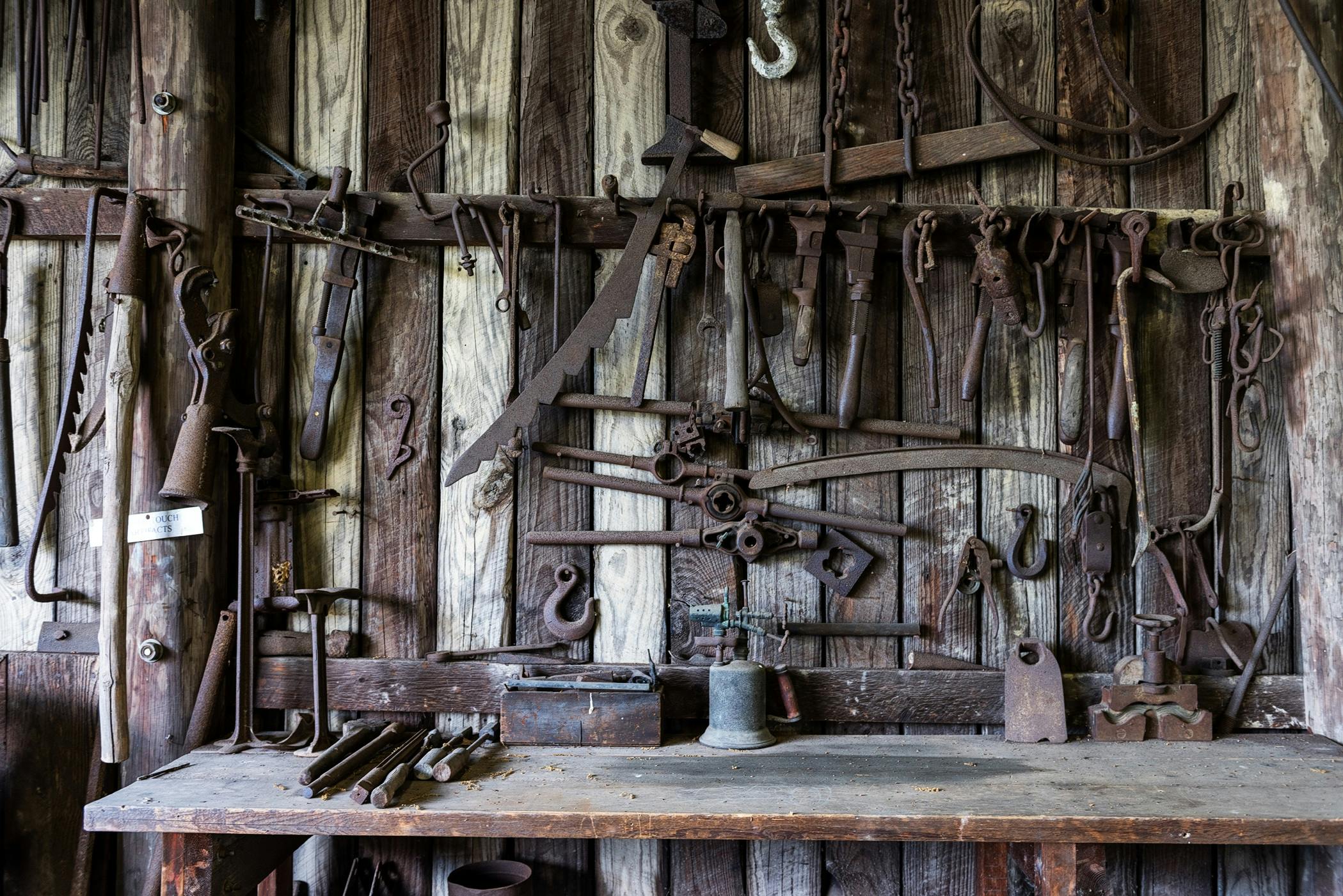How to Make a Trapdoor in Minecraft: A Comprehensive Guide

Trapdoors are a versatile and essential building component in minecraft, adding both practical functionality and an element of mystery to your creations. Whether you’re designing a hidden base, constructing an efficient mob farm, or simply seeking a more streamlined way to navigate your builds, this detailed guide will equip you with everything you need to know about crafting and utilizing trapdoors.
Essential Materials for Crafting Trapdoors
To craft a trapdoor, you’ll need a few key items readily available in your Minecraft world. The primary crafting station is a necessity, and the materials for the trapdoor itself will vary depending on whether you opt for wood or iron.
What You’ll Need:
- Crafting Table: The fundamental workstation for combining ingredients.
- Materials for the Trapdoor: The specific items required depend on the trapdoor type:
- Wooden Trapdoors:
- 6 Wooden Planks (any wood type, such as Oak, Spruce, Birch, Jungle, Acacia, Dark Oak, Crimson, or Warped planks)
- Iron Trapdoors:
- 6 Iron Ingots
- Wooden Trapdoors:
Step-by-Step Crafting Process for Trapdoors
The crafting recipe for both wooden and iron trapdoors is identical in pattern, differing only in the materials used. Follow these simple steps to create your trapdoors.
Step 1: Access Your Crafting Table
Place your Crafting Table in a convenient location within your Minecraft world. Interact with it by right-clicking to open the 3×3 crafting grid.
Step 2: Arrange Your Materials in the Crafting Grid
The key to crafting a trapdoor lies in the precise arrangement of your chosen materials within the crafting interface. This creates a distinct 2×3 vertical pattern.
Crafting Wooden Trapdoors:
- Place two Wooden Planks in the first column of the crafting grid (top to bottom).
- Place two Wooden Planks in the second column of the crafting grid (top to bottom).
- Place two Wooden Planks in the third column of the crafting grid (top to bottom).
This arrangement will visually form a vertical rectangle of wooden planks.
Crafting Iron Trapdoors:
- Place two Iron Ingots in the first column of the crafting grid (top to bottom).
- Place two Iron Ingots in the second column of the crafting grid (top to bottom).
- Place two Iron Ingots in the third column of the crafting grid (top to bottom).
Similarly, this creates a vertical rectangle using iron ingots.
Step 3: Collect Your Crafted Trapdoors
Upon correctly arranging the materials, a Trapdoor will appear in the output slot to the right of the crafting grid. Each successful crafting session yields four trapdoors. Click on the trapdoor to transfer them into your personal inventory.
Placing and Utilizing Your Trapdoors Effectively
Once you have your trapdoors, it’s time to integrate them into your Minecraft builds. Their placement and function are intuitive and highly adaptable.
Step 1: Select Your Trapdoor
Open your inventory and select the trapdoor you wish to place. Ensure it’s in your hotbar for easy access.
Step 2: Choose the Ideal Location
Trapdoors are remarkably versatile and can be placed on any solid block surface, offering numerous possibilities:
- Floors: Perfect for creating secret passages, quick exits, or controlled mob entry points into farms.
- Ceilings: Ideal for accessing upper levels, creating hidden storage, or facilitating vertical movement.
- Walls: Can be used to create small openings, decorative elements, or functional access points.
Step 3: Place the Trapdoor
Aim your crosshair precisely at the block where you intend to place the trapdoor and right-click. The trapdoor will orient itself based on the surface:
- On Floors: The trapdoor will open upwards.
- On Ceilings: The trapdoor will open downwards.
- On Walls: The trapdoor will sit flush with the wall and open outwards.
Step 4: Opening and Closing Your Trapdoor. Find out more about How to make a trapdoor in minecraft insights information.
Interacting with a placed trapdoor is simple:
- To open: Right-click directly on the trapdoor.
- To close: Right-click on the open trapdoor.
Advanced Trapdoor Applications and Expert Tips
Beyond basic placement, trapdoors offer a wealth of advanced uses and can be integrated into complex redstone contraptions.
- Secret Entrances: Conceal trapdoors beneath carpets, paintings, or other decorative blocks for discreet access. Combine them with redstone mechanisms for remote activation.
- Mob Farms and Containment: Trapdoors are invaluable for directing mobs into collection systems or for creating fall damage traps in automated farms. Their ability to block mob pathfinding is crucial.
- Vertical Transportation: Utilize trapdoors on ceilings to create efficient ways to ascend or descend between floors, bypassing the need for ladders in some scenarios.
- Aesthetic Enhancements: Trapdoors can add a unique architectural flair to your builds, especially when used in conjunction with other block types for detailing.
- Redstone Integration: Trapdoors are fully compatible with redstone signals. This allows for automated systems, such as pressure plates that trigger trapdoors to open upon approach, or levers that control access.
- Fluid Control: Trapdoors can be employed to manage the flow of water or lava, creating dynamic water features or lava-based traps.
- Mob AI Interaction: Most mobs in Minecraft cannot open or close trapdoors on their own. This characteristic makes trapdoors excellent for mob management, containment, and guiding their movement within farms or arenas.
Troubleshooting Common Trapdoor Issues
Encountering problems with trap